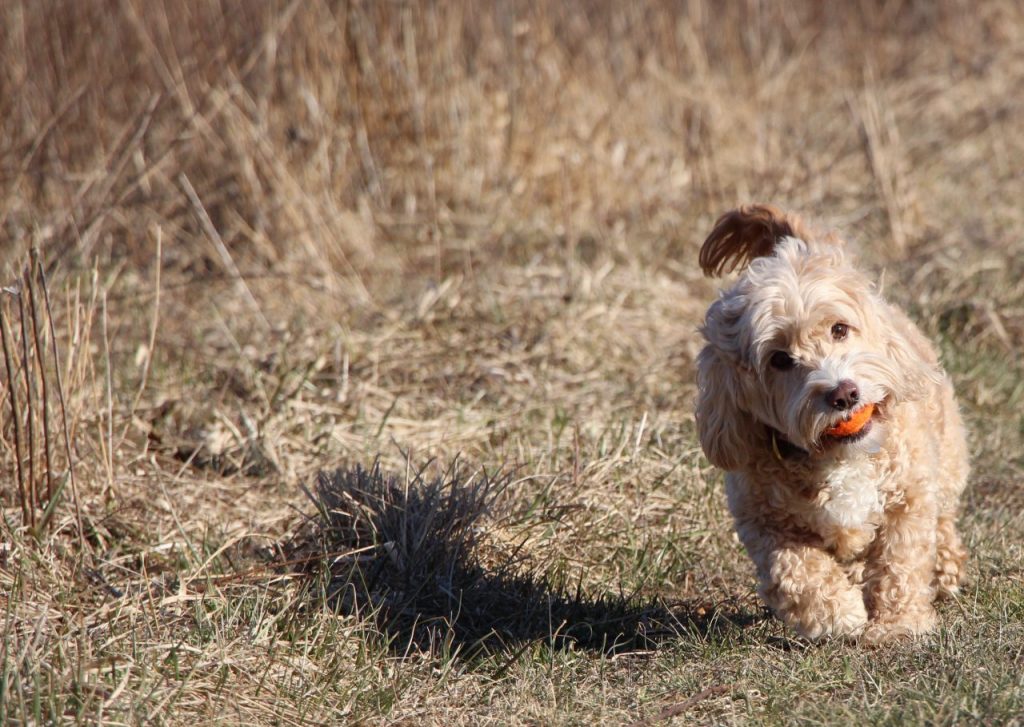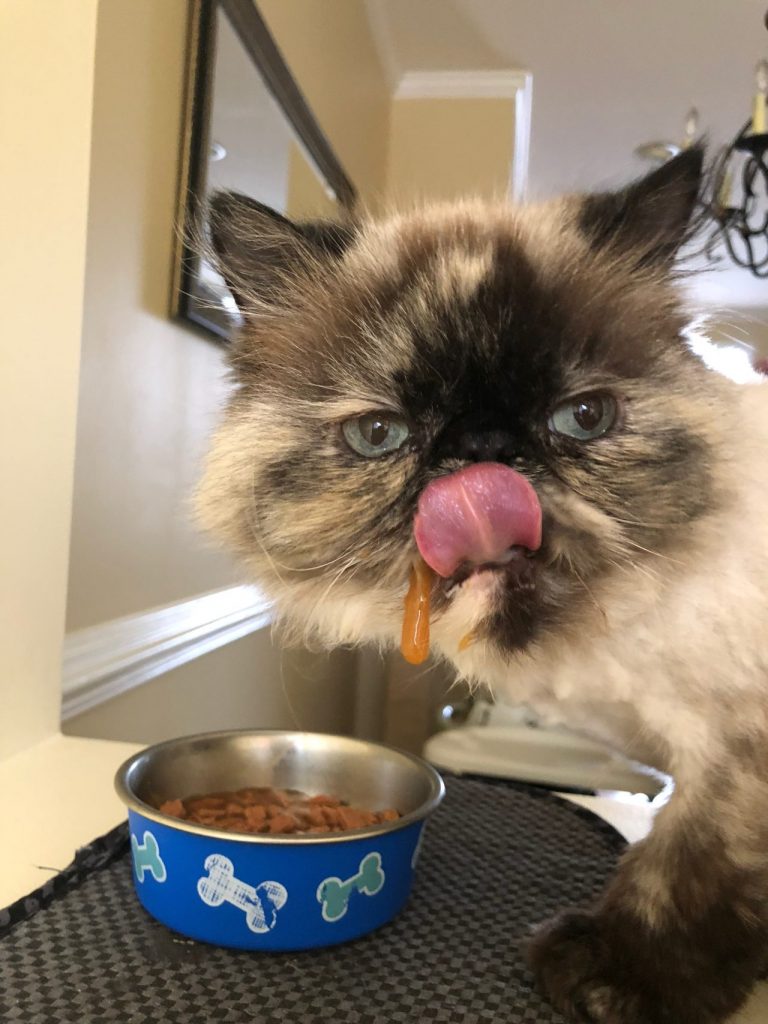When it comes to signs of dental disease in dogs and cats, please think about the following:
1st– Cats and dogs are notoriously good at hiding signs of pain. That is their nature! They rarely show obvious signs of dental disease.
2nd– Eating is an incredibly strong drive for all animals, and our domestic dogs and cats are no exception. If they stop eating altogether, it is often a serious issue. Dental problems rarely cause a loss of appetite, and we cannot use the fact that they are eating as a reason to ignore dental disease.
3rd– My patients can’t tell me what hurts, what is sensitive to hot/cold, where the toothache is, etc… For that reason, I (as a veterinary dentist) am here (and so are you!) to be an advocate for them and to make sure they don’t suffer from unrecognized pain. What is uncomfortable/painful for a person (broken tooth, periodontal disease, etc…) would be uncomfortable for our dogs and cats.
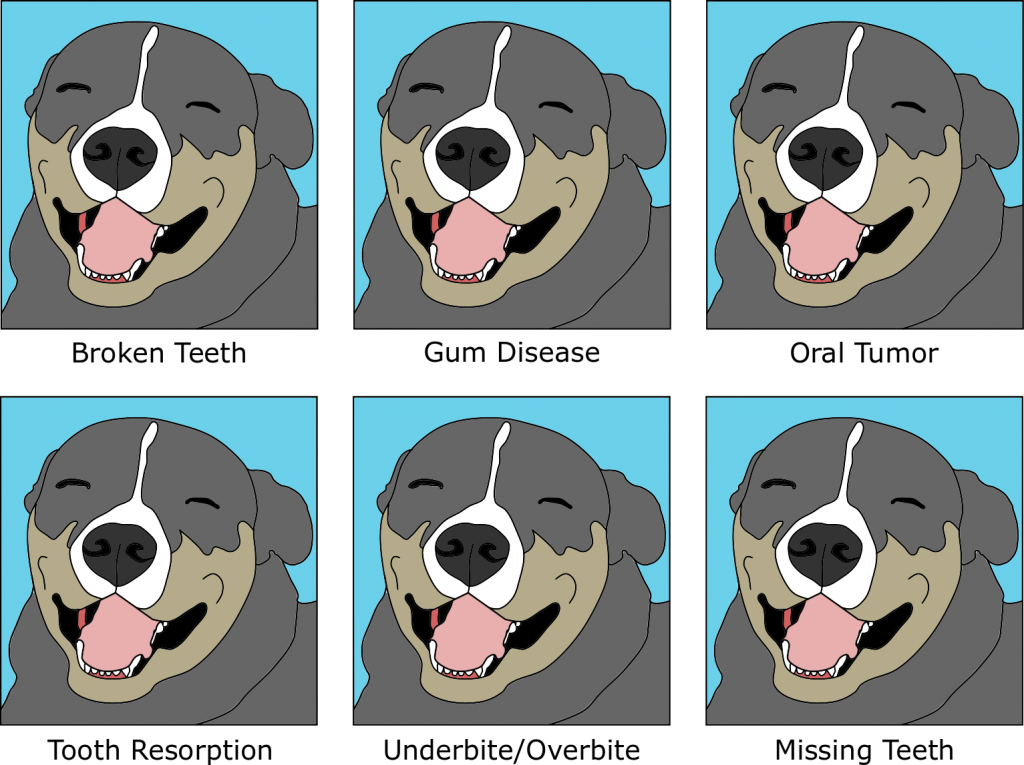
Things that every pet parent can be looking for as a visible sign of a problem include the following:
- Broken tooth
- Halitosis
- Red/inflamed gums
- Tartar/calculus build-up
- Facial swelling
- Oral growths
- Discolored teeth
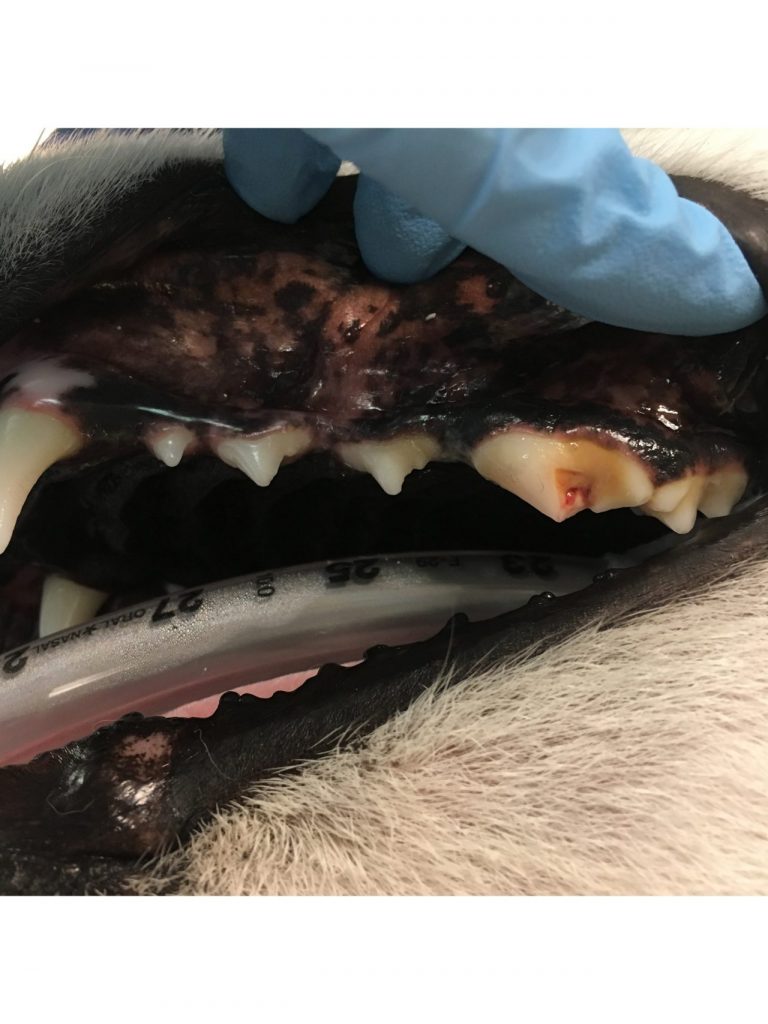
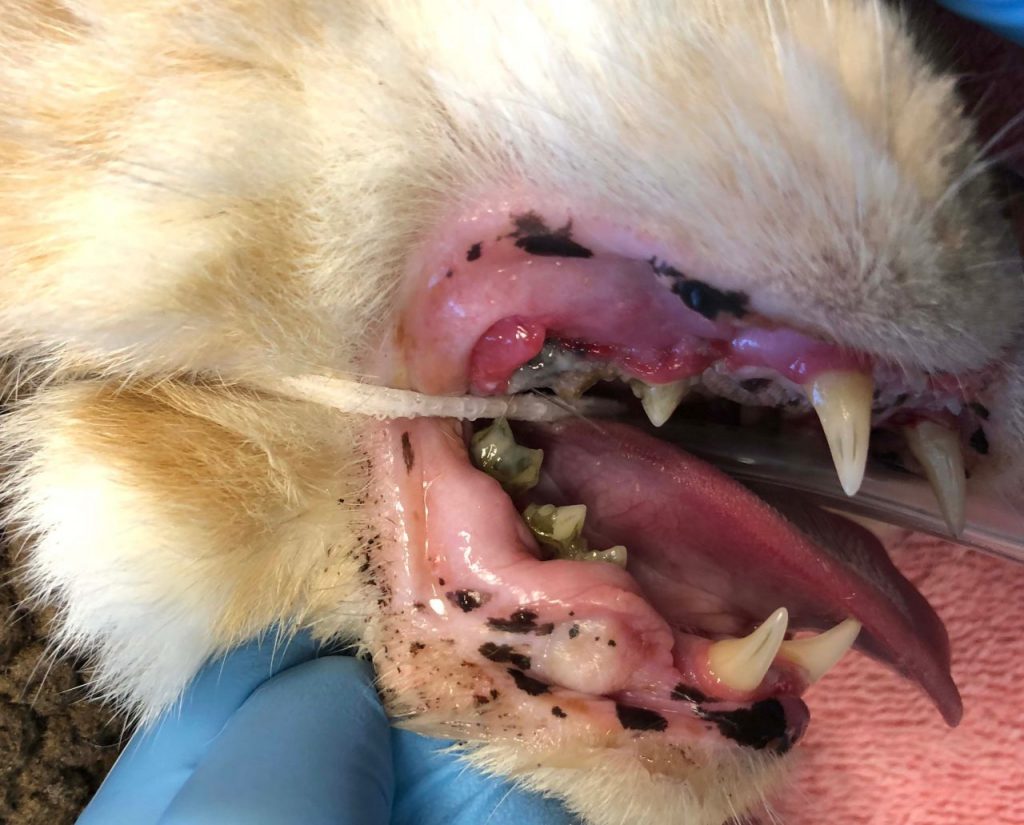
While rare that animals show signs of disease in their mouths, here are some behaviors you can watch for that might indicate dental problems (they are often severe is these signs are obvious):
- Excessive salivation (this is more often attributed to nausea or GI discomfort, so a general exam is in order if your dog or cat is having this problem)
- Difficulty chewing/change in chewing behavior
- Change in food preference (dry vs canned or vice versa)
- Dropping food
- Change in play behavior/preference for toys
- Pawing at the face
- Vocalizing while eating, hissing at the food bowl (cats)
